Bean Buro presents the quirks of one of Hong Kong’s oldest neighbourhoods through layers and frames to create a dynamic office space for Williams Lea Tag.

November 13th, 2019
Bean Buro’s design for an 80-person office for marketing brand Williams Lea Tag in Wan Chai, Hong Kong uses scaffolding-inspired framing structures, neon signs and plenty of plywood. The 670-square-metre space has been choreographed with a front-of-house area, a statement central boardroom, a large pantry, desks and flexible seating areas.
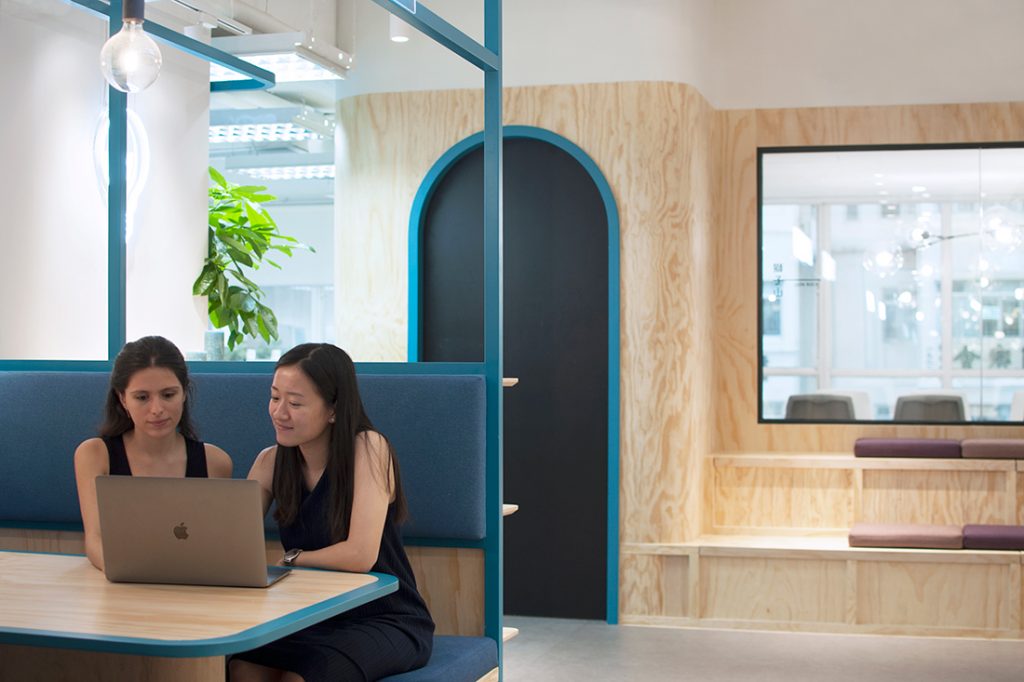
“The narrative was inspired by the layered densities of downtown Wan Chai in Hong Kong in terms of the neon signs on porous facades, as a set of architectural joinery devices to encourage social interaction and chance encounters in this workplace,” says Kenny Kinugasa-Tsui, Co-founder of Bean Buro.
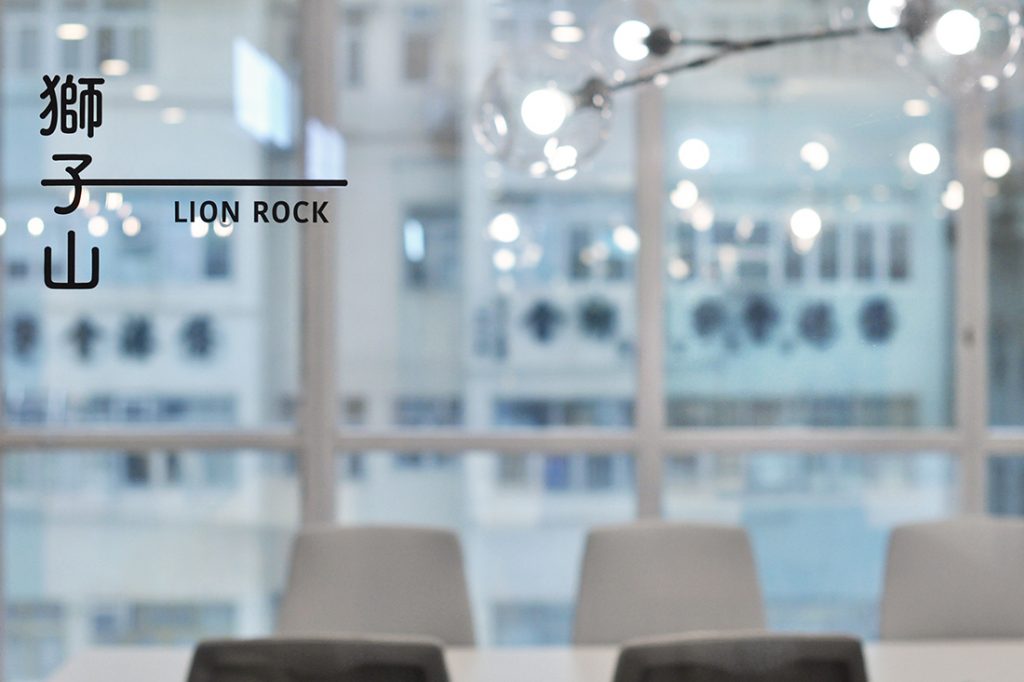
Visitors and staff are greeted by a spacious front-of-house area with a large central seating area and two booths. A view of the iconic Lockhart Road is visibly through the boardroom directly ahead. The visible shopfronts, scaffolding and neon signs informed the series of flexible spaces.
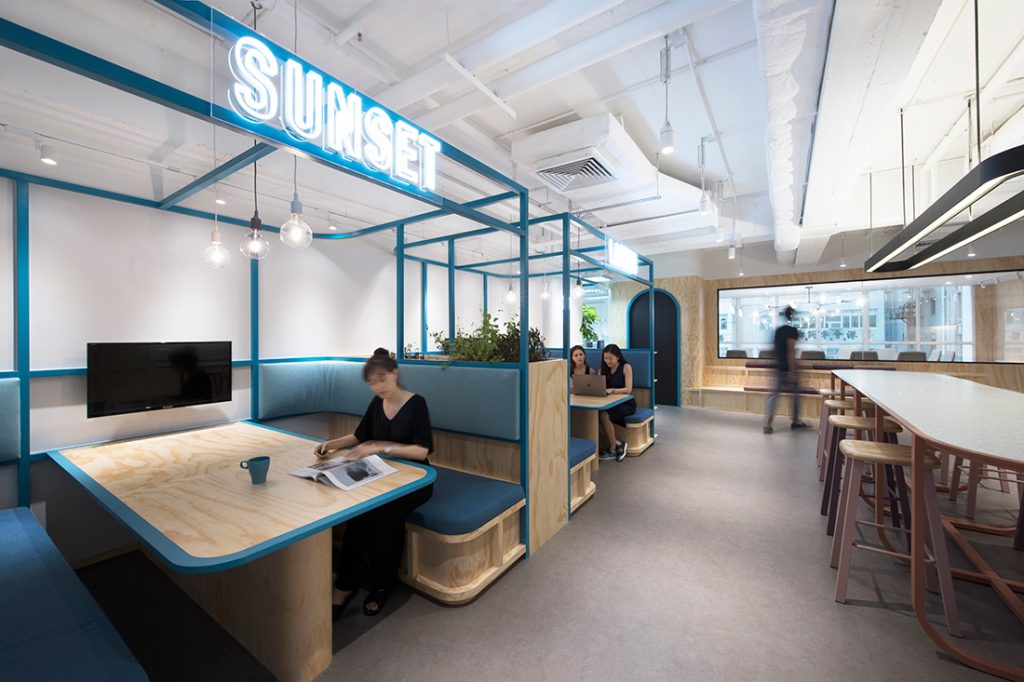
Blue scaffolding surrounds communal booths and continues around the corner to other office areas. Neon signs are hung above them. An informal bookshelf and display area mimics a street-corner magazine stand.
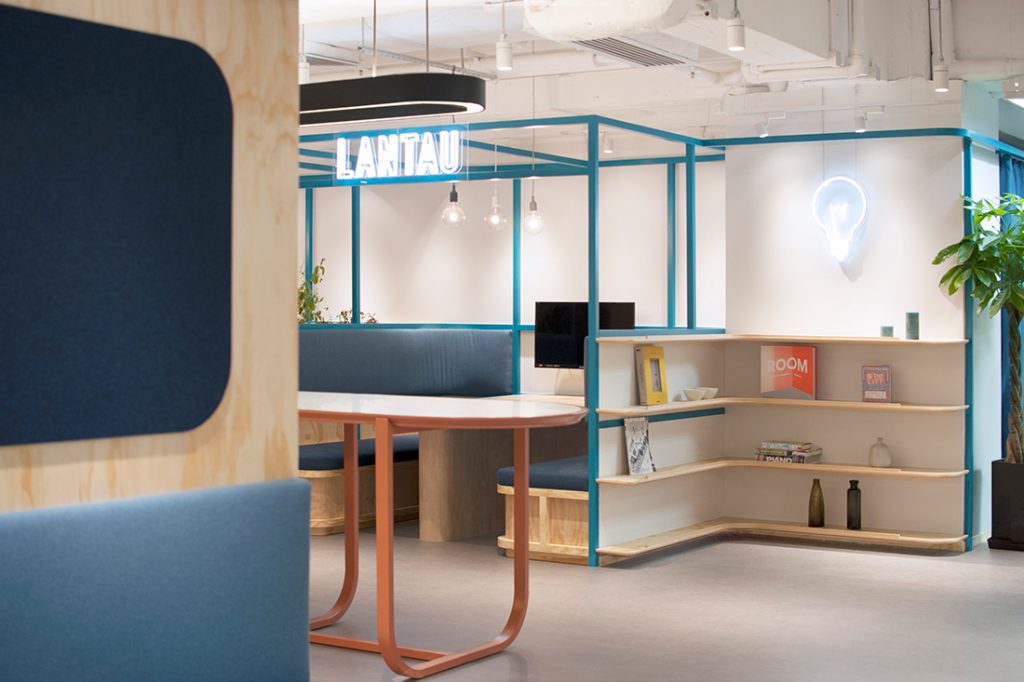
The pervading palette, continuing throughout the office, is light textured plywood accented with blues, giving a cosy yet raw industrial feel. Different hues of grey curve and sweep along the floors and walls to denote different areas of the office.
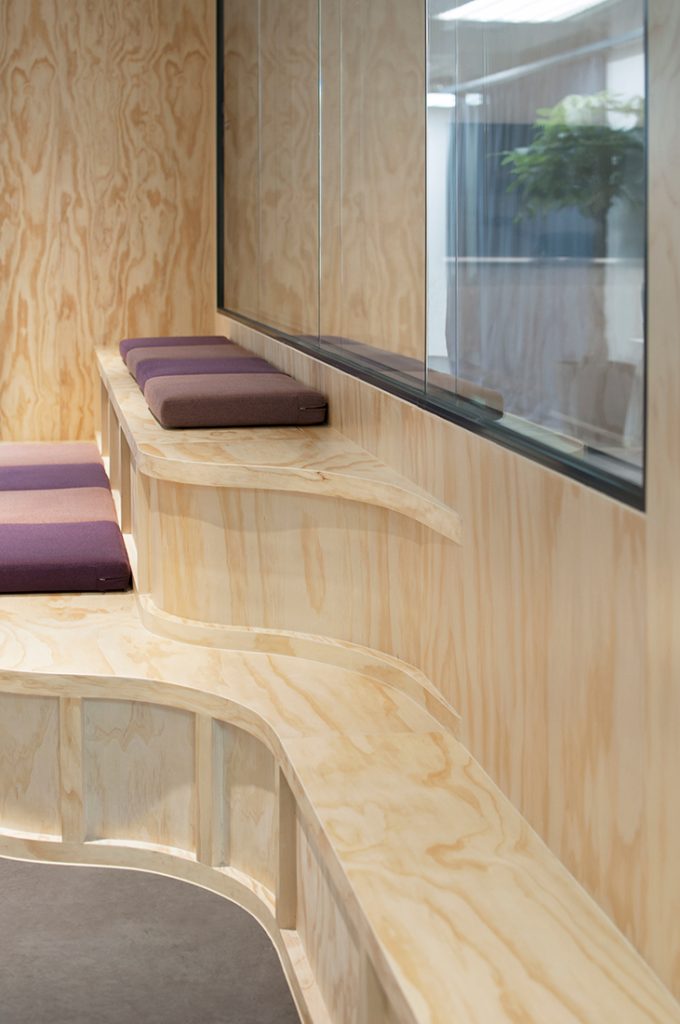
“We developed a dynamic palette composed of natural finishes with coloured accents. The main feature is a bar island upon entry surrounded by diner-style booths, and a sculptural boardroom that visually frames the external street view constructed entirely in plywood,” says Bean Buro Co-founder Lorène Faure.
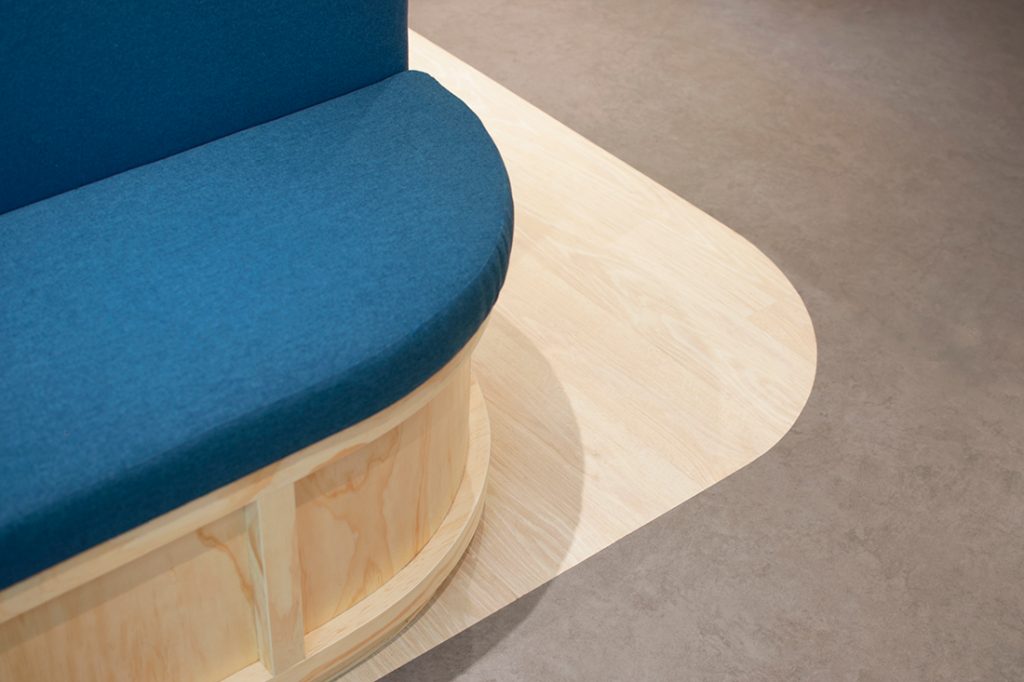
The large plywood-clad boardroom anchors the rest of the office. Around the exterior, sculptural benches create extra informal meeting spaces. A playful black arched portal door framed in blue acts as the threshold into the boardroom.
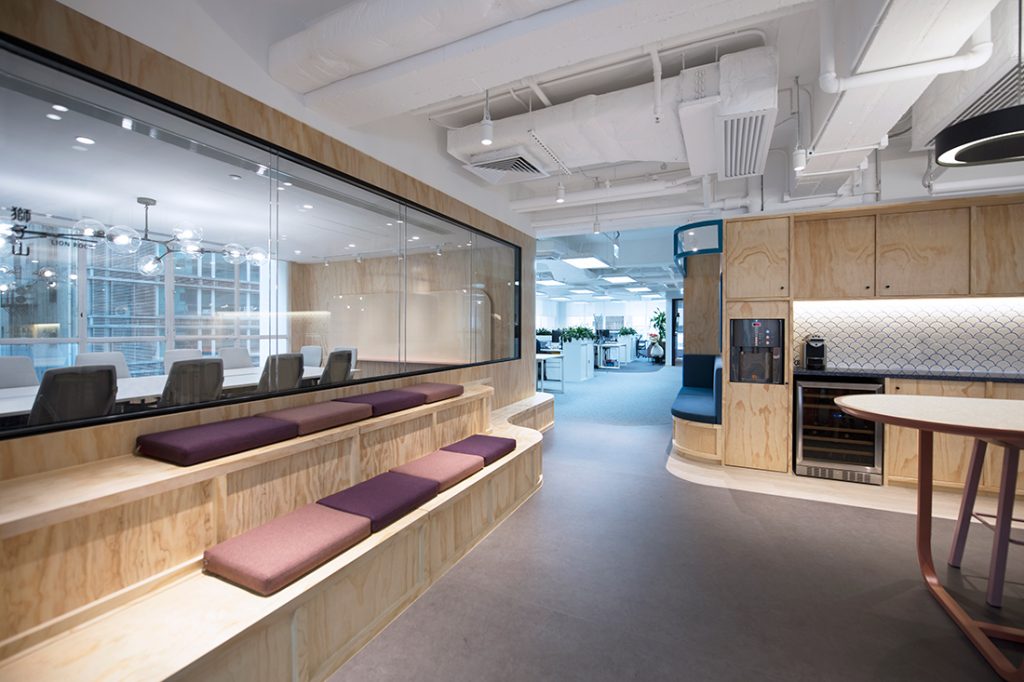
A large window allows the iconic high rises and signage of Hong Kong to act as a backdrop. This, along with a vibrant palette and statement pendant lighting, create a peaceful atmosphere that connects to both the outside neighbourhood and other areas of the office through large internal windows.
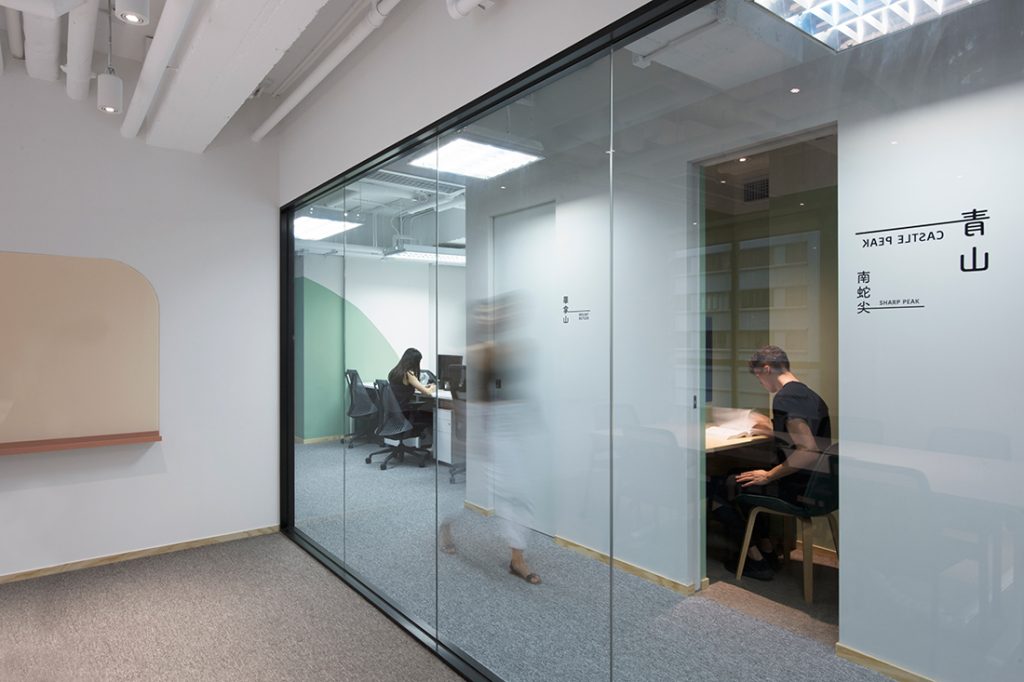
Other meeting rooms are enclosed by glass partitions and contain vibrant colours to bring as much light and playfulness into the office space as possible. In the colourful pantry, a large round table with pendant light creates a homely feel.
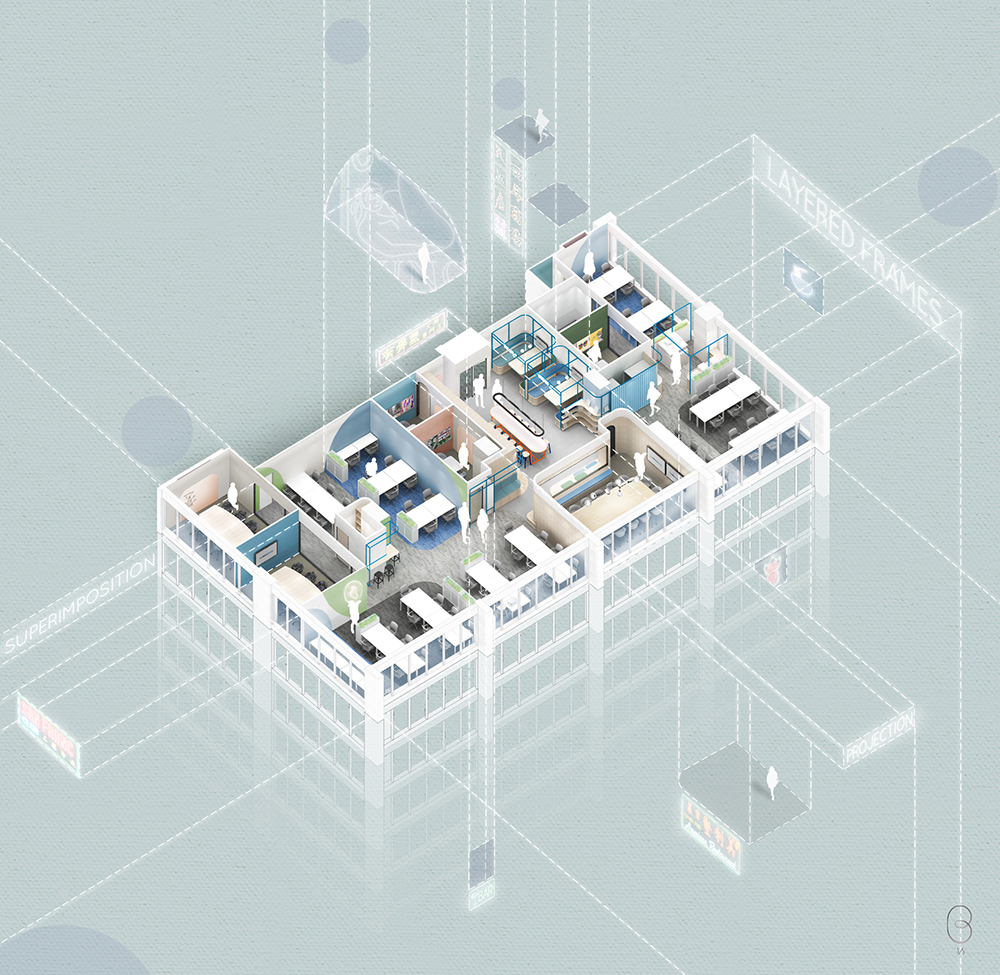
Client: Williams Lea Tag
Designer: Bean Buro
Design Team: Lorène Faure, Kenny Kinugasa-Tsui, Lelia Ku, Jay Jordan
Contractor / Project Management: Winsmart Contracting Co. Ltd
INDESIGN is on instagram
Follow @indesignlive
A searchable and comprehensive guide for specifying leading products and their suppliers
Keep up to date with the latest and greatest from our industry BFF's!

A longstanding partnership turns a historic city into a hub for emerging talent

Welcomed to the Australian design scene in 2024, Kokuyo is set to redefine collaboration, bringing its unique blend of colour and function to individuals and corporations, designed to be used Any Way!

Gaggenau’s understated appliance fuses a carefully calibrated aesthetic of deliberate subtraction with an intuitive dynamism of culinary fluidity, unveiling a delightfully unrestricted spectrum of high-performing creativity.
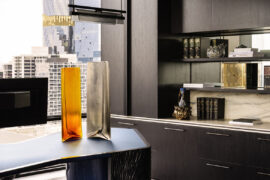
Mim Design and Konstance Zaharis collaborate to design an interior for a unique context: the chambers of a King’s Counsel in Melbourne.
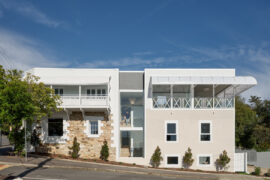
Jesse Lockhart-Krause, Director of Lockhart-Krause Architects, tells us about a storied building in Queensland that has now become a functional workplace for a therapy centre.
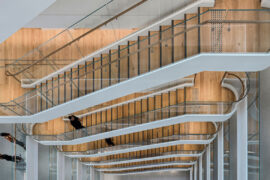
Brad Krauskopf, CEO & Founder of Hub Australia, tells us about Hassell’s design for Hub Australia Martin Place.
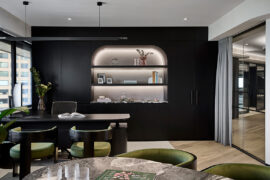
Setting the tone for McCormack’s HQ is Elton Group’s Eveneer WoodWall and Eveneer Raw in Ravenna – wrapping walls, ceilings and bespoke joinery in a dark, matte elegance. The seamless pairing delivers a cohesive, high-performance finish that anchors Studio 103’s luxurious, hotel-inspired workplace design.
The internet never sleeps! Here's the stuff you might have missed
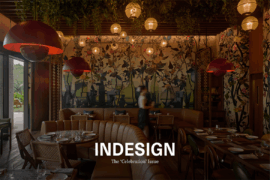
The latest print magazine is about to arrive! With Guest Editor Colin Seah of Ministry of Design (MOD), Singapore flooding our world with love, we are ready to party in style!
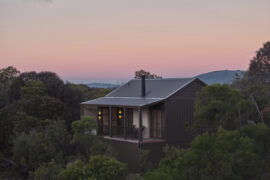
In what is already a peaceful idyll on the Mornington Peninsula, Kate Walker has crafted an intimate retreat with new villas for overnight stays at Alba.

For Aidan Mawhinney, the secret ingredient to Living Edge’s success “comes down to people, product and place.” As the brand celebrates a significant 25-year milestone, it’s that commitment to authentic, sustainable design – and the people behind it all – that continues to anchor its legacy.